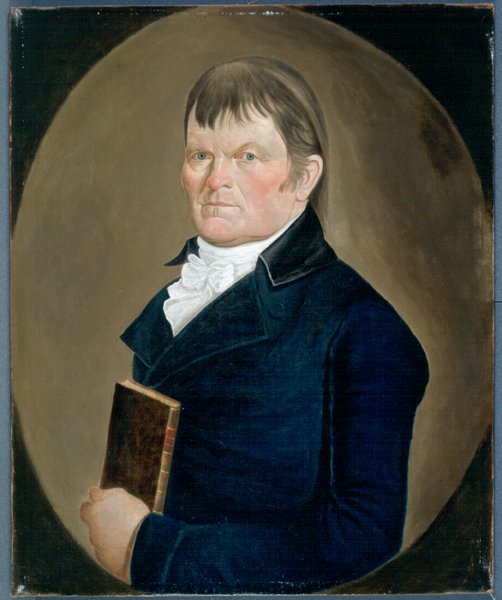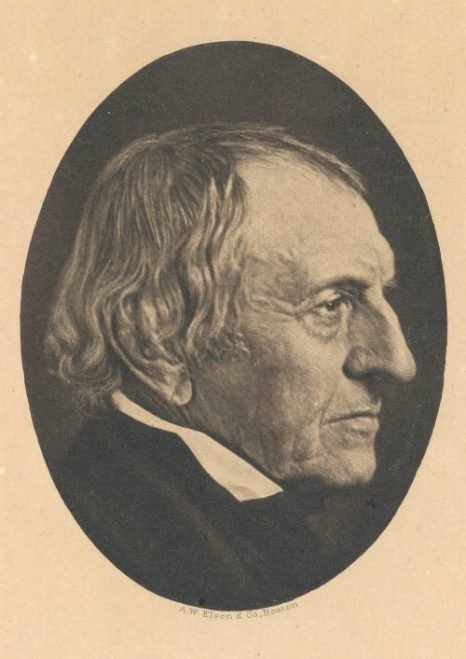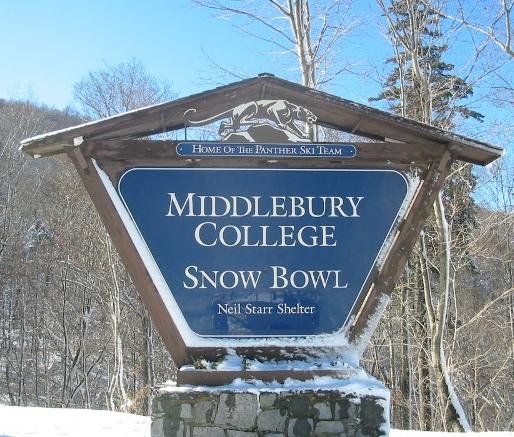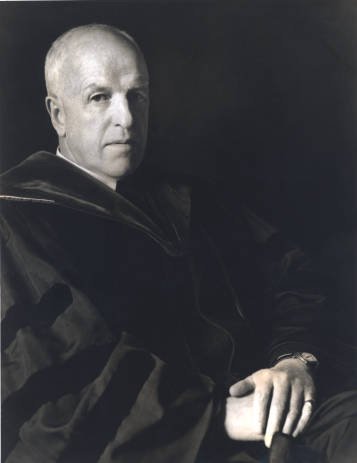The first American College Experience.
One of the most highly regarded liberal arts colleges in the United States, Middlebury College in Vermont is about “creating a person both socially and intellectually prepared for the world.”
Middlebury College is a private liberal arts college in Middlebury, Vermont. Founded in 1800 by Congregationalists, Middlebury was the first operating college or university in Vermont.
Middlebury College Libraries
Middlebury admissions is very selective with an acceptance rate of 15%. Students that get into Middlebury have an average SAT score between 1360-1530 or an average ACT score of 32-34. The regular admissions application deadline for Middlebury is January 1.
Middlebury College is a private liberal arts college in Middlebury, Vermont. Founded in 1800 by Congregationalists, Middlebury was the first operating college or university in Vermont.
Founder of Middlebury College
Gamaliel Painter (1742–1819), founder of Middlebury College
Painter’s first wife, Abigail (Chipman) Painter, was the sister of John Chipman, the first settler of Middlebury in 1767. At her prompting, the Painters themselves settled in Middlebury in 1773. He purchased fifty acres along Otter Creek, eventually building a number of mills and selling smaller plots of land or donating them for public buildings, including the courthouse and Congregational church. He served in a number of political offices: member of the Vermont Constitutional Convention (1777), judge of the Addison County Court (1785, 1787–1794), sheriff of Addison County (1786), and member of the Vermont House of Representatives (1788–1792).
Painter is most known for his association with Middlebury College. Painter was one of the people who obtained a charter for the college from the Vermont General Assembly. He presided over the construction of the college’s first building, Painter Hall, built from 1812 to 1816. Upon his death, he left most of his estate, $13000, to the college.
The college currently enrolls 2,526 undergraduates from all 50 states and 74 countries and offers 44 majors in the arts, humanities, literature, foreign languages, social sciences, and natural sciences, as well as joint engineering programs with Columbia University, Dartmouth College, and Rensselaer Polytechnic Institute. In addition to its undergraduate liberal arts program, the school also has graduate schools, the Middlebury College Language Schools, the Bread Loaf School of English, and the Middlebury Institute of International Studies at Monterey, as well as its C.V. Starr-Middlebury Schools Abroad international programs. It is the among the Little Ivies, an unofficial group of academically selective liberal arts colleges, mostly in the northeastern United States.
Middlebury is known for progressive teaching and thought. The college was the first American institution of higher education to award a bachelor’s degree to an African-American, graduating Alexander Twilight in the class of 1823. Middlebury was also one of the first formerly all-male liberal arts colleges in New England to become a coeducational institution, following the trustees’ decision in 1883 to accept women. In 1965, the college established the first undergraduate Environmental Studies program in the United States, and, in 2019, publicly committed to full divestment of the college’s endowment from the fossil fuel industry through its Energy2028 initiative.
Middlebury’s 31 varsity teams are the Middlebury Panthers and compete in the NCAA Division III’s NESCAC conference.
Middlebury received its founding charter on November 1, 1800, as an outgrowth of the Addison County Grammar School, which had been founded three years earlier in 1797.
Middlebury College’s first president—Jeremiah Atwate
The college’s first president—Jeremiah Atwater—began classes a few days later, making Middlebury the first operating college or university in Vermont. One student named Aaron Petty graduated at the first commencement held in August 1802. The college’s founding religious affiliation was loosely Congregationalist.
Yet the idea for a college was that of town fathers rather than clergymen, and Middlebury was clearly “the Town’s College” rather than the Church’s. Chief among its founders were Seth Storrs and Gamaliel Painter, the former credited with the idea for a college and the latter as its greatest early benefactor. In addition to receiving a diploma upon graduation, Middlebury graduates also receive a replica of Gamaliel Painter’s cane. Painter bequeathed his original cane to the college and it is carried by the college President at official occasions including first-year convocation and graduation. Alexander Twilight, class of 1823, was the first black graduate of any college or university in the United States; he also became the first African American elected to public office, joining the Vermont House of Representatives in 1836. At its second commencement in 1804, Middlebury granted Lemuel Haynes an honorary master’s degree, the first advanced degree ever bestowed upon an African American.
In 1883, the trustees voted to accept women as students in the college, making Middlebury one of the first formerly all-male liberal arts colleges in New England to become a coeducational institution. The first female graduate—May Belle Chellis—received her degree in 1886. As valedictorian of the class of 1899, Mary Annette Anderson became the first African-American woman elected to Phi Beta Kappa.
The college’s centennial in 1900 began a century of physical expansion beyond the three buildings of Old Stone Row. York and Sawyer designed the Egbert Starr Library (1900), a Beaux-Arts edifice later expanded and renamed the Axinn Center, and Warner Hall (1901). Growth in enrollment and the endowment led to continued expansion westward. McCullough Hall (1912) and Voter Hall (1913) featured gymnasium and laboratories, respectively, adopting Georgian Revival styling while confirming the campus standard of grey Vermont limestone, granite, and marble. Starr Library, Middlebury’s original library, circa 1900
Home of the Middlebury College Ski Team
The national fraternity Kappa Delta Rho was founded in Painter Hall on May 17, 1905. Middlebury College abolished fraternities in the early 1990s, but the organization continued on campus in the less ritualized form of a social house. Due to a policy at the school against single-sex organizations, the house was forced to coeducate during the same period as well. The German Language School, founded in 1915 under the supervision of then-President John Martin Thomas, began the tradition of the Middlebury College Language Schools. These Schools, which take place on the Middlebury campus during the summer, enroll about 1,350 students in the Arabic, Chinese, French, German, Hebrew, Italian, Japanese, Portuguese, Russian, and Spanish Language Schools.
Middlebury President Paul Dwight Moody began the American tradition of a National Christmas Tree in 1923 when the college donated a 48-foot balsam fir for use at the White House.The tree was illuminated when Vermont native Calvin Coolidge flipped an electric switch in the first year of his presidency. The Bread Loaf School of English, Middlebury’s graduate school of English, was established at the college’s Bread Loaf Mountain campus in 1920. The Bread Loaf Writers’ Conference was established in 1926. In 1978, the Bread Loaf School of English expanded to include a campus at Lincoln College, Oxford University. In 1991, the School expanded to include a campus at St. John’s College in New Mexico, and to the University of North Carolina, Asheville, in 2006. The C.V. Starr-Middlebury Schools Abroad began in 1949 with the school in Paris; they now host students at 38 sites in Argentina, Brazil, China, Cameroon, Chile, Egypt, France, Germany, India, Italy, Israel, Japan, Jordan, Mexico, Russia, Spain, and Uruguay. The Center for Medieval and Renaissance Studies was founded as an educational charity in 1975 by Drs John and Sandy Feneley in Oxford, England, establishing a facility at St. Michael’s Hall in 1978, including the Feneley Library, and close links with Keble College, Oxford; in 2014, CMRS became part of Middlebury College Schools Abroad as Middlebury-CMRS, offering U.S. undergraduates an Oxford Humanities Research Program and Middlebury Museum Studies in Oxford. In 1965, Middlebury established its Environmental Studies program, creating the first undergraduate Environmental Studies program in the U.S. Nationally affiliated fraternities were abolished in 1990; some chose to become co-educational social houses which continue today.
Rankings
U.S. News & World Report ranked Middlebury as tied for 9th-best liberal arts college overall in the U.S., tied for 16th out of 63 in “Best Undergraduate Teaching”, 21st out of 102 for “Best Value”, and tied for 24th out of 50 “Most Innovative” among liberal arts colleges for 2021, and classifies it as “most selective.” They also named Middlebury 7th in the nation for “colleges most beloved by their alumni,” measured by the percentage of alumni who donate to their school, in 2012.
Washington Monthly ranked the school 8th in its 2020 liberal arts college rankings based on their contribution to the public good, as measured by social mobility, research, and promoting public service.
Kiplinger’s Personal Finance places Middlebury at No. 15 in its 2019 ranking of 20 Best College Values in the U.S.
The 2016 Princeton Review includes Middlebury in “The Best 380 Colleges,” and ranks the college 2nd for “Impact Schools,” 3rd for “Best Science Lab Facilities,” 6th for “Best College Library” and “Students Study the Most,” 9th for “Their Students Love These Colleges” and “Top 50 Green Colleges,” 13th for “Best Financial Aid” and “Professors Get High Marks,” 15th for “Best-Run Colleges,” 16th for “Best Classroom Experience,” 18th for “Best Quality of Life” and “Happiest Students,” 19th for “Least Religious Students,” 20th for “Great Financial Aid,” and 46th for “Top 50 – Colleges that Pay You Back.”
The 2015 Parchment student choice college ranking, which tracks 441,822 college acceptances of thousands of students who have been accepted to multiple schools in order to reveal their preference for their chosen school compared to the other schools that admitted the student, ranks Middlebury as 9th nationally and 2nd for liberal arts colleges for student preference.
…














